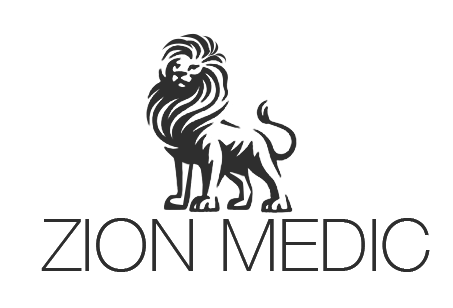Introduction
Coronary artery bypass graft surgery (CABG) is a critical procedure for patients suffering from severe coronary artery disease. This surgery can significantly improve quality of life and increase longevity by restoring adequate blood flow to the heart. At ZionMedic, we are dedicated to providing comprehensive information and support for patients considering or undergoing CABG surgery.
What is Coronary Artery Bypass Graft Surgery?
Coronary artery bypass graft surgery is performed to bypass blocked or narrowed arteries supplying blood to the heart muscle. The procedure involves using a healthy blood vessel, typically taken from the patient’s leg, arm, or chest, to create a new pathway for blood to flow to the heart. This new route helps to circumvent the blocked arteries, ensuring the heart receives sufficient oxygen and nutrients.
Why is CABG Surgery Necessary?
CABG surgery is often recommended for patients with severe coronary artery disease, especially when other treatments such as medication or angioplasty have not been effective. Key indications for CABG include:
- Severe chest pain due to multiple narrowed arteries
- Blockages in the left main coronary artery
- Failed percutaneous coronary interventions (such as stents)
- Improved survival rates for patients with diabetes and complex coronary artery disease
The CABG Procedure: What to Expect
- Preoperative Preparations: Before the surgery, patients undergo various tests such as blood tests, electrocardiograms (ECG), and imaging studies to assess heart function and overall health.
- Anesthesia: The procedure is performed under general anesthesia to ensure the patient is completely asleep and pain-free.
- Harvesting the Graft: The surgeon harvests the healthy blood vessel to be used as the graft. Common sources include the saphenous vein from the leg, the radial artery from the arm, or the internal mammary artery from the chest.
- Creating the Bypass: The surgeon attaches one end of the graft above the blocked artery and the other end below the blockage, creating a new pathway for blood flow.
- Closing the Incision: Once the bypass is complete, the chest is closed, and the patient is taken to the intensive care unit for monitoring and recovery.
Recovery and Postoperative Care
Recovery from CABG surgery can take several weeks to months. Patients typically spend the first few days in the hospital’s intensive care unit, followed by a period of monitored care in a regular hospital room. Key aspects of recovery include:
- Pain Management: Medications are prescribed to manage pain and discomfort.
- Physical Therapy: Gradual physical activity is encouraged to regain strength and improve cardiovascular health.
- Lifestyle Changes: Adopting a heart-healthy lifestyle, including a balanced diet, regular exercise, and smoking cessation, is crucial for long-term success.
- Follow-Up Appointments: Regular check-ups with the cardiologist to monitor recovery and adjust medications as needed.
Benefits of CABG Surgery
CABG surgery offers several significant benefits:
- Relief from Angina: Most patients experience substantial relief from chest pain.
- Improved Heart Function: Enhanced blood flow to the heart muscle improves overall heart function.
- Increased Longevity: CABG can significantly extend the lives of patients with severe coronary artery disease.
- Better Quality of Life: Patients often report improved physical activity levels and overall well-being.
Conclusion
At ZionMedic, we understand the importance of providing accurate and detailed information about coronary artery bypass graft surgery. Our goal is to help patients make informed decisions about their health and treatment options. If you or a loved one is facing coronary artery disease, consult with our experienced medical professionals to discuss whether CABG surgery is the right choice. Trust ZionMedic for compassionate care and expert guidance through every step of your heart health journey.


